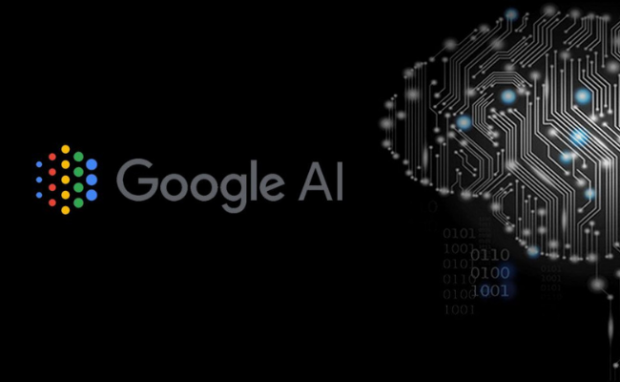Google uses lasers to bring affordable internet to remote areas
Starlink will provide internet connectivity from space, and Google will beam it worldwide with lasers. Its parent company, Alphabet, announced one of the most interesting projects from its innovation hub X-lab: Project Taara. It is developing laser internet technology to provide online access to remote areas.
This project could mitigate the “digital divide” between those who can afford the latest apps and gadgets and those who cannot. Opening internet connectivity for outlying villages ensures more people will benefit from the global AI boom.
It will enable them to adopt other technologies that rely on the internet, such as artificial intelligence tools. This article will discuss how Project Taara is developing its laser internet technology. Later, I will cover Google’s other projects.
How does Project Taara work?
WATCH: Google parent Alphabet is delivering internet service to remote areas as part of a project known as Taraa. Taara's machine is the size of traffic lights that can beam the laser carrying the data without cables https://t.co/i9rQscgdnD pic.twitter.com/AnJa8NmvES
— Reuters Business (@ReutersBiz) June 28, 2023
The internet is an important part of modern life as it enables us to perform our jobs, continue our education, and facilitate other tasks. Consequently, the official X-lab website explains global internet traffic would grow by 25% annually.
It says fiber-optic cable networks could support this increasing demand, but deploying them would be complicated. For example, they require planning and digging expensive, time-consuming trenches to lay lines.
That is why X-labs thought, “What if we leapfrogged to the optical spectrum and unlocked 30 times more data capacity?” Eventually, it thought about transmitting data “like fiber, but without the cables.”
Hence, Alphabet’s innovation hub is developing laser technology with Project Taara. The official company page says it “uses light to transmit information at super high speeds through the air as a very narrow invisible beam.”
Euronews says the lab started with stratospheric balloons instead of laser terminals. However, X-labs scrapped the concept due to high costs. Consequently, it developed laser internet technology with Project Taara.
General Manager Mahesh Krishnaswamy told Euronews, “This is as simple as a digital camera with a laser pointer.” A transmitter fires a laser containing data to the receiver’s “camera” so the latter can decode and turn them into bytes.
You may also like: Google Magi merges generative AI with a search engine
The innovation hub says its system works with existing radio and fiber infrastructure. Moreover, it works in areas cable internet cannot reach, such as forested regions, railway tracks, urban areas, and bodies of water.
This laser technology can transmit internet speeds of up to 20 Gbps within a radius of 20 km. Also, service providers and network operators can rapidly deploy Taara to the following:
- Extend fiber backhaul
- Augment radio backhaul
- Improve network resilience
- Cross challenging terrain
- Relay high-capacity backbone
- Provide redundancy path
What are Google’s other projects?

Photo Credit: marketinginasia.com
Besides its laser internet system, Google has been developing other technologies. Specifically, it has been expanding its artificial intelligence products and services.
The tech company’s most significant project is generative AI for its search engine. CEO Sundar Pichai announced in the recent I/O conference it will change how online searches work.
You may also like: Google MusicLM generates music with AI
Artificial intelligence will change the platform’s design from the classic “10 blue links” to AI summaries. The latter would compile data from the top search results to provide relevant information immediately.
They will list sources so you can get more details. Moreover, Google plans to apply artificial intelligence to the following online Workspace apps:
- Gmail will prioritize, summarize, draft, and reply to your messages.
- Docs will write, rewrite, proofread, and brainstorm content.
- Slides will offer auto-generated pictures, audio, and videos.
- Sheets will analyze data, generate formulas, and categorize worksheets.
- Meet will capture notes and create new backgrounds.
- Chat will improve productivity with workflows.
Conclusion
Google’s parent company, Alphabet, has been developing laser internet technology. It will enable remote areas worldwide to access online products and services.
At the time of writing, X-labs says it deployed Project Taara in Africa and India. Further research and development could expand its use to more countries.
Aside from online access, you must also know how to use these developing technologies. Fortunately, Inquirer Tech helps everyone learn more about these digital tips and trends.